The Kennedy-Nixon Debate Innovations
Soon after the passing of CBS great Don Hewitt, I got a note from my friend Steve Dichter with an interesting question and a photo, shown below. It’s a video capture from a 60 Minutes montage of Hewitt’s early work and introduces innovation number four, but first…innovations one, two and three.
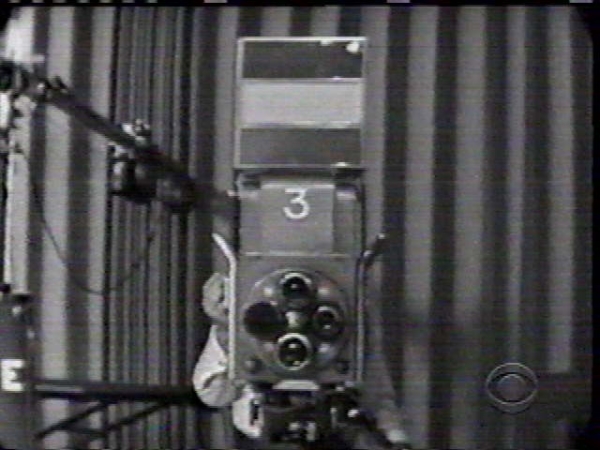
Don Hewitt was the producer of the first of four Kennedy-Nixon debates that were broadcast nationwide on radio and television in 1960. He’s seen below with both men just before air at the WBBM-TV studios in Chicago. Although he “officially” produced only the first debate, I do think he consulted on the following three. But even if he didn’t, one of his creations was there for all four events.

CBS hosted the first debate at WBBM in Chicago, NBC the second from WRC in Washington D.C., and ABC the third and fourth rounds. In debate three, Kennedy was in New York and Nixon in Los Angeles. Now that would account for innovations one and two, as this was the first time presidential candidates had debated on television, and the first-ever bi-coastal debate with split screens and more. Below is a photo of Kennedy at the WABC-TV studios in New York during the third debate. Nixon was at KABC-TV in Los Angeles.
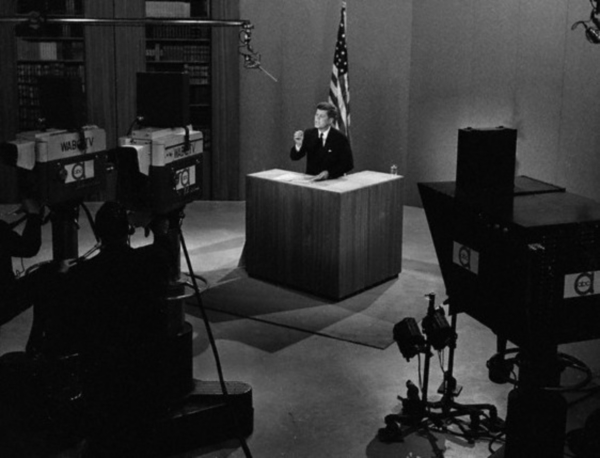
Innovation number three came in the fourth and final debate. It can be seen in the photo below. Can you spot it?

The final debate came from Studio TV 1 at ABC in New York. In the photo above from that night, notice that the mic booms have two microphones. Now there was an instant backup in case there was an audio problem. This is thought to be the first use of dual mics on booms.
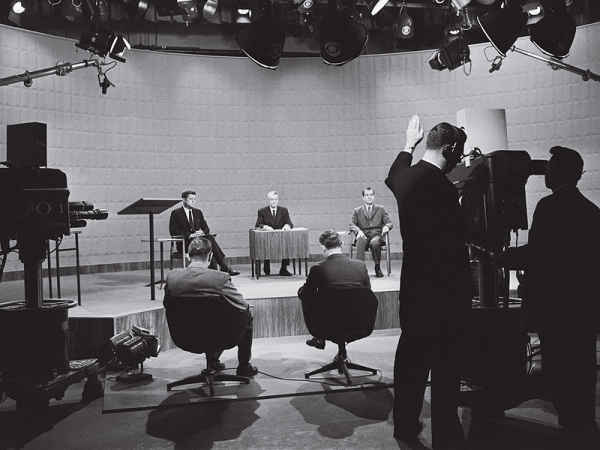
And now for the big finish…innovation number four. Above, you can see a back shot of Kennedy and Nixon in Chicago. Notice the large boxes on top of the TK11s. So far, we haven’t seen whatever those are in action. Below, the question is answered.
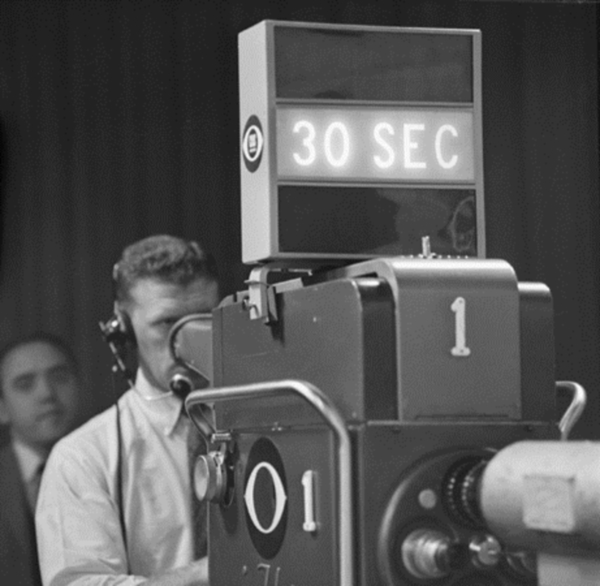
Now we can clearly see that’s a countdown clock that shows one-minute, 30-second and 10-second warnings to the candidates that their time is expiring. This was Don Hewitt’s innovation. These timers, or duplicates, were used in all four of these televised debates. If you look closely at the images above, you can see them in every studio. That’s innovation number four, but before we leave, two more photos deserve a look.
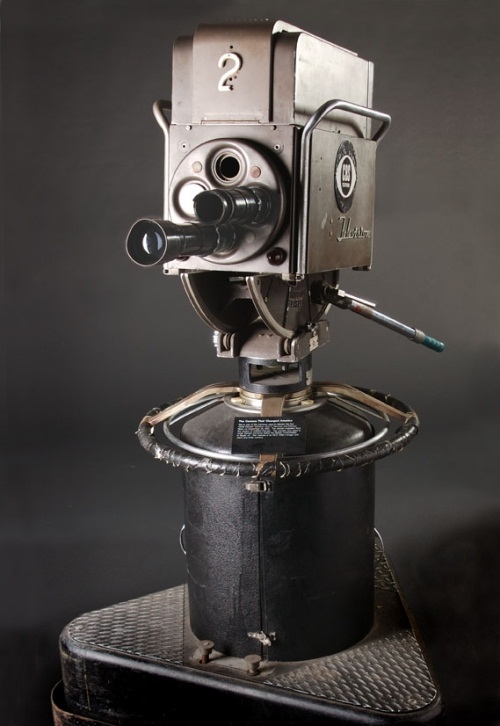
Above is one of the two remaining cameras used in the first historic debate at WBBM. It belongs to the Museum of Broadcast Communications in Chicago.
Below is the other WBBM camera, on display at the Kennedy Presidential Library and Museum in Boston.
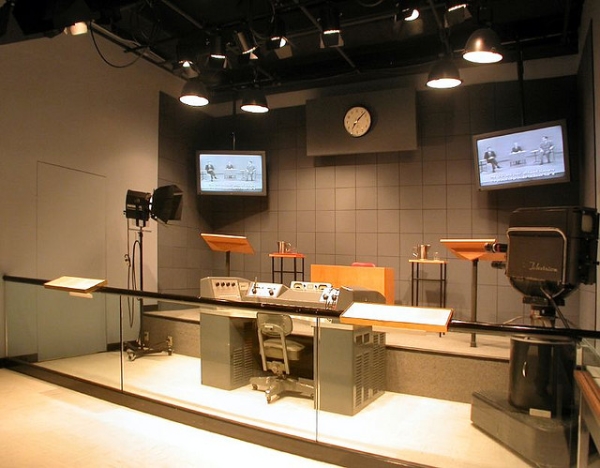
Below is a link to the MBC site and to a page showing some of Steve Dichter’s vintage television collection. Also included for the younger set is a little general background on the debates themselves.
http://www.tvhistory.tv/Dichter.htm
The key turning point of the campaign were the four Kennedy-Nixon debates; they were the first presidential debates held on television, and thus attracted enormous publicity. Nixon insisted on campaigning until just a few hours before the first debate started; he had not completely recovered from a recent hospital stay and thus looked pale, sickly, underweight, and tired. He also refused makeup for the first debate, and as a result his beard stubble showed prominently on the era’s black-and-white TV screens.
Nixon’s poor appearance on television in the first debate is reflected by the fact that his mother called him immediately following the debate to ask if he was sick. Kennedy, by contrast, rested before the first debate and appeared tanned, confident, and relaxed during the debate. An estimated 80 million viewers watched the first debate. Most people who watched the debate on TV believed Kennedy had won while radio listeners (a smaller audience) believed Nixon had won.
After it had ended polls showed Kennedy moving from a slight deficit into a slight lead over Nixon. For the three remaining debates, Nixon regained his lost weight, wore television makeup, and appeared more forceful than his initial appearance. However, up to 20 million fewer viewers watched the three remaining debates than the first debate. Political observers at the time believed that Kennedy won the first debate, Nixon won the second and third debates, and that the fourth debate, which was seen as the strongest performance by both men, was a draw.